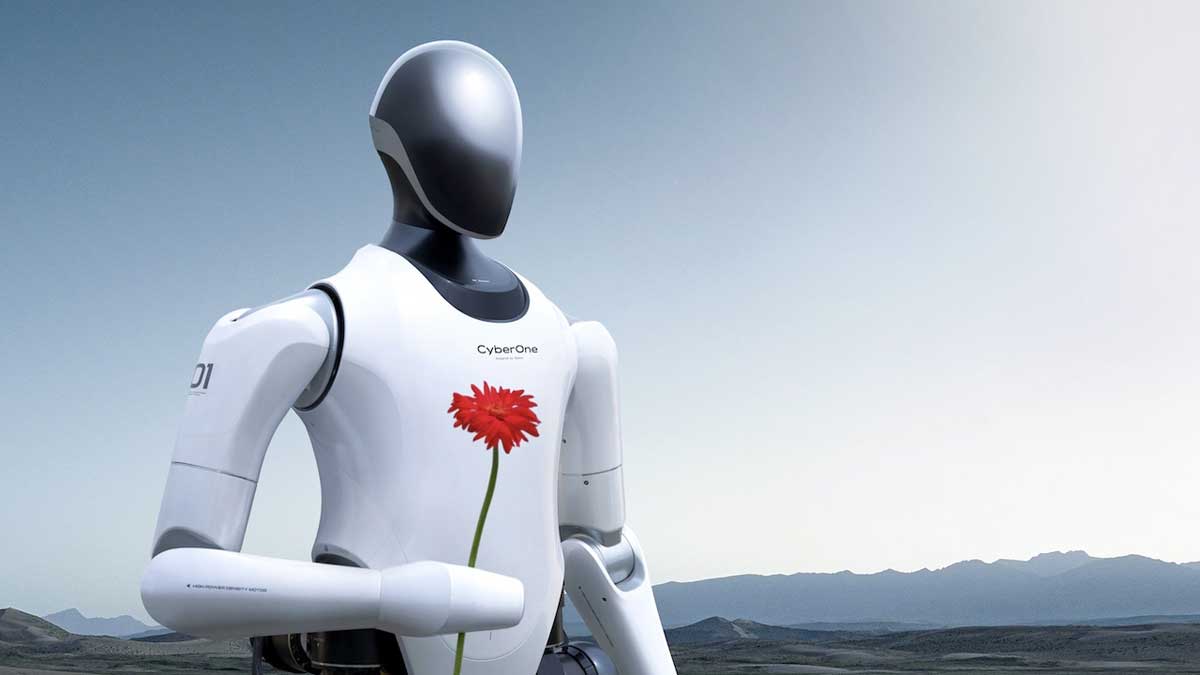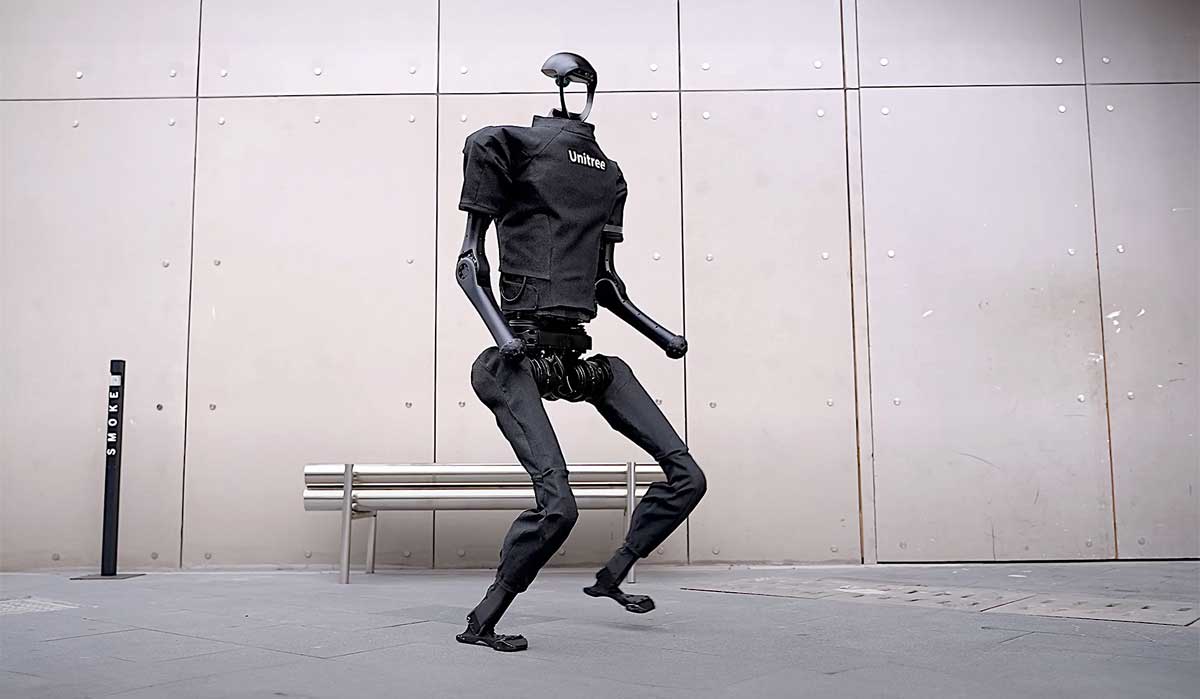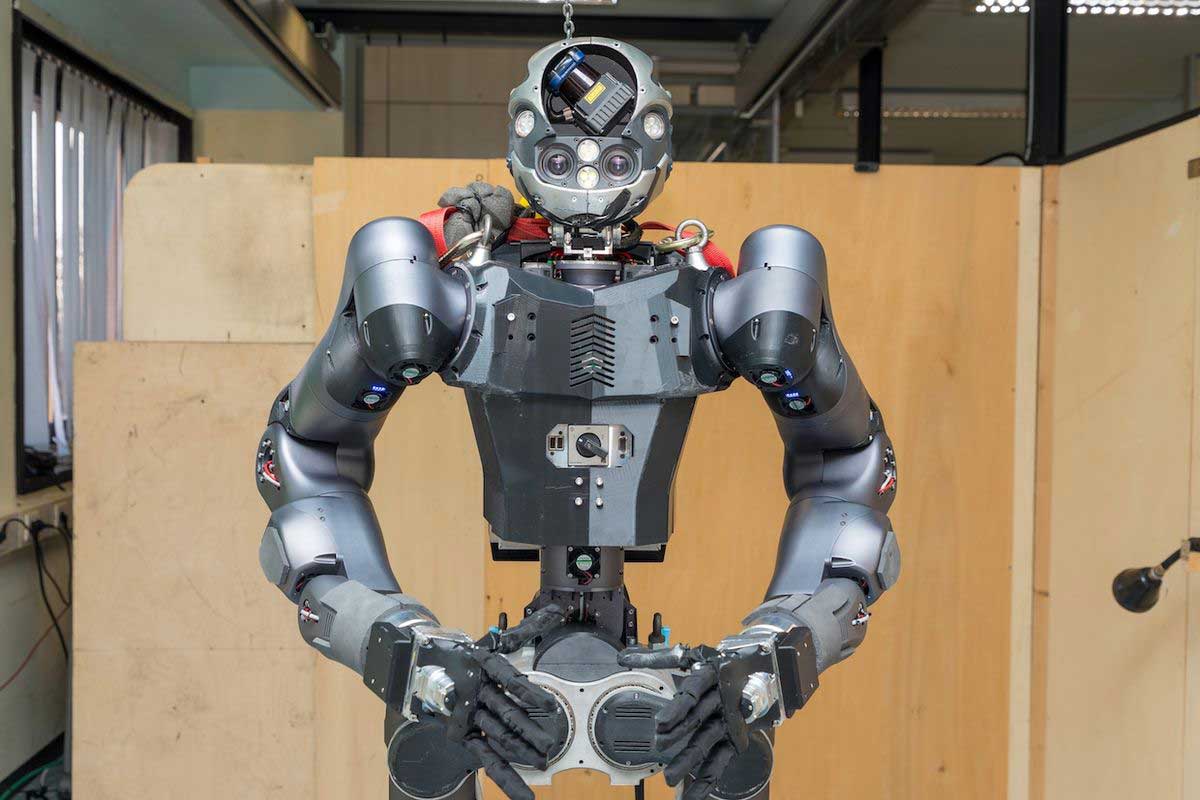In August 2022, Xiaomi unveiled CyberOne, its first foray into the world of humanoid robots. Standing 1.77 meters tall and weighing 52 kilograms, this technological marvel quickly captured the imagination with its bipedal movement, sophisticated sensors, and potential to change the face of various industries. While advancements haven’t been widely publicized since its initial debut, CyberOne’s capabilities represent a significant step forward in humanoid robotics, sparking anticipation for its future iterations.
One of CyberOne’s most impressive features is its human-like movement. Powered by 13 joints with 21 degrees of freedom, it can walk, balance, and manipulate objects with impressive agility. Its “rigid-flexible coupling bionic structure” in the legs enables a natural walking gait, reaching speeds of up to 3.6 kilometers per hour. This level of mobility sets CyberOne apart from many humanoid robots that still rely on wheeled locomotion.
Beyond physical prowess, CyberOne boasts advanced sensory capabilities. Its self-developed Mi-Sense depth vision module and AI interaction algorithm allow it to perceive 3D space, recognize individuals, and interpret gestures and expressions. Additionally, the MiAI environment semantics recognition engine and vocal emotion identification engine enable it to understand 85 types of environmental sounds and 45 human emotions. This sensory suite allows CyberOne to interact with its surroundings and humans in a nuanced and meaningful way.
While Xiaomi hasn’t officially announced specific applications for CyberOne, its potential spans various industries. Its ability to recognize human emotions and respond accordingly makes it suitable for tasks requiring social interaction, such as customer service or elder care. Its physical capabilities could be utilized in manufacturing, logistics, or even disaster relief situations. The possibilities are numerous, and further development will likely unlock even more potential applications.
Despite the excitement surrounding CyberOne, it’s important to remember that it remains a research and development project. Its current capabilities are impressive, but there’s still room for improvement in terms of autonomy, dexterity, and overall intelligence. Additionally, ethical considerations surrounding the use of humanoid robots need to be addressed before widespread adoption.





Leave A Comment